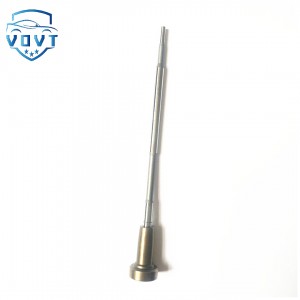High Efficiency Orifice Plate 507# Orifice Valve 295040-0620 Valve Plate Injector Parts Spare parts
products description
| Reference Code | 507# |
| MOQ | 5 PCS |
| Certification | ISO9001 |
| Place of Origin | China |
| Packaging | Neutral packing |
| Quality Control | 100% tested before shipment |
| Lead time | 7~10 working days |
| Payment | T/T, L/C, PayPal, Western Union, MoneyGram or as your requirement |
The introduction of injector
The injector is controlled by an electromagnetic coil, and the switching of the electromagnetic coil current is controlled by the ECU. The ECU processes the signal fed back by the sensor and sends an electrical signal to the injector. The electrical signal determines the time when the injector opens and injects gasoline. This time interval is called the "pulse width" of the injector. When the solenoid coil of the injector is energized, a magnetic field is generated. Under the action of the magnetic field, the plunger overcomes the spring force and is sucked up, taking the valve body away from the valve seat, and gasoline is ejected from the nozzle under pressure; when the solenoid coil is de-energized, the magnetic field disappears. , the plunger moves downward under the action of the spring force, and the valve body presses against the valve seat to seal the nozzle opening, and gasoline cannot escape. The valve body is divided into two types according to its structure: ball valve and needle valve. In order to ensure the accuracy of fuel injection, the ball valve or needle valve and valve seat require high processing accuracy, and the lift of the valve body is very small, only about 0.1 mm. Due to the function of the pressure regulator, there is a high-pressure oil circuit in front of the injector, and a low pressure in the intake manifold behind it. The pressure difference forms a negative pressure, ensuring that the fuel is injected into a mist near the intake valve.
Although the multi-point electronically controlled fuel injection system has an injector for each cylinder, the amount of fuel injected by the injector is determined by the pulse width, which means that the amount of fuel injected depends on the opening time of the injector. But specific to different fuel injection forms, not all are the same. There are general multi-point fuel injection systems (MPI) and sequential fuel injection systems (SFI).























